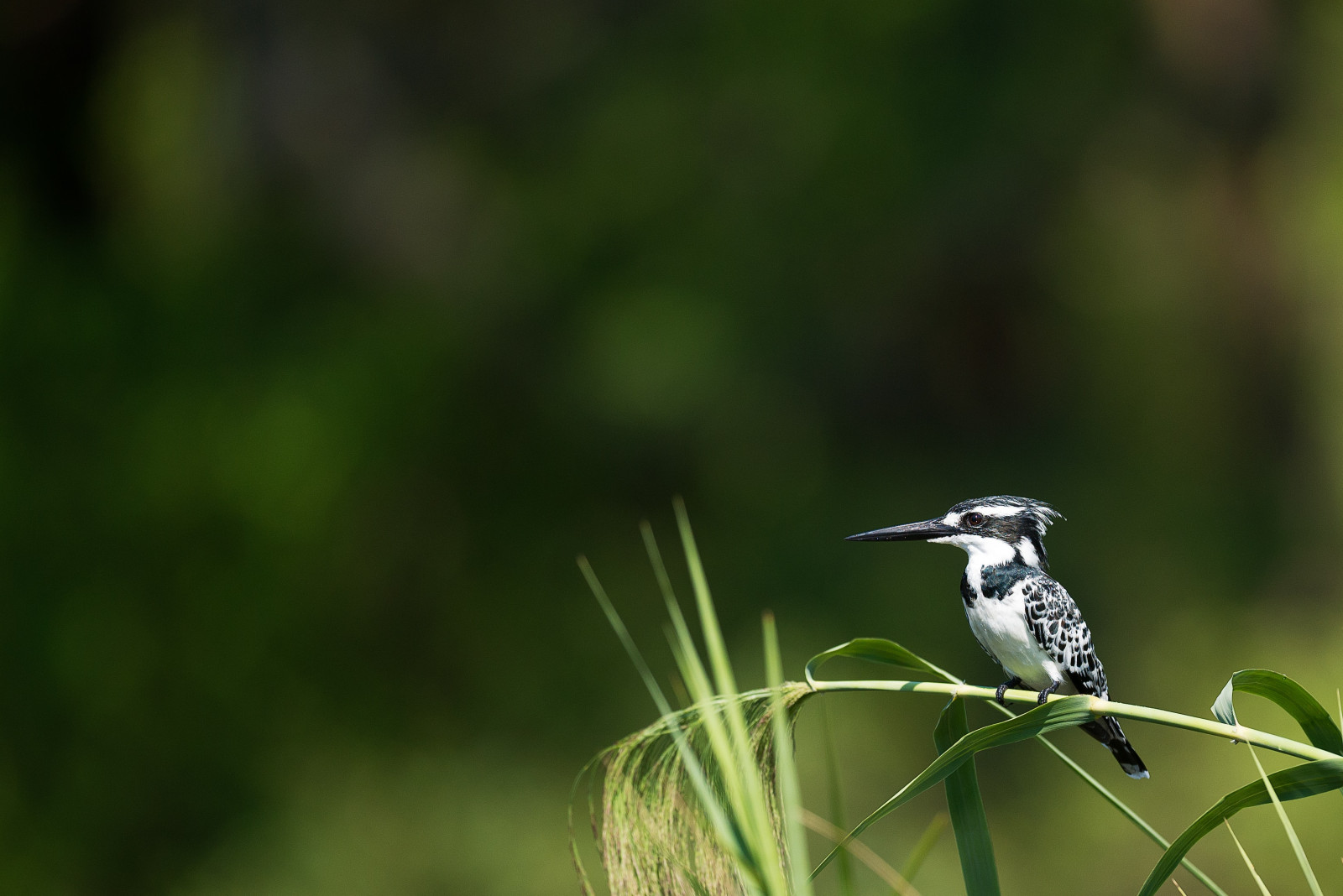Opis
The area between Port Ghalib and the Marsá Mubārak bay is part of the Egyptian desert, adjacent to the Red Sea coast. A single hotel is located in the center, called The Three Corners: Fayrouz Plaza Beach Resort. The hotel grounds are great for migrants during both spring and autumn migration and the garden can be full of surprises. Anything can show up here, like drozdówka rdzawa, muchołówka szara and zaganiacz blady. Common (local) species that can be found here are synogarlica senegalska, dzierzba bialoczelna, czapla złotawa, kruk pustynny and bialorzytka saharyjska. Also, zolna modrolica might show itself, perched in some trees.
The coastline, especially between the hotel grounds and Port Ghalib, are great for waders. Pairs of sieweczka pustynna can be spotted near the shoreline. Other common species are szczudłak, piaskowiec and kamusznik. Often, singular or pairs of czapla rafowa forage near the shoreline for fish. czapla zielonawa and rybaczek srokaty often perch on the rocks. rybołów can pass overhead.
Further offshore, you can see flocks of mewa bialooka and Sooty Gull. Also multiple tern species can be seen, like rybitwa arabska, rybitwa wielkodzioba and rybitwa bengalska. If you're lucky, a gluptak bialobrzuchy might show itself far in the distance.
Towards the south, the Marsá Mubārak bay is located. This bay is known for its many Green and Hawksbill (sea) turtles and sometimes even a Dugong.
Szczegóły
Dostęp
This area is only accessable if you're located in the The Three Corners Hotel. You might see the same species when visiting Port Ghalib and the Marsá Mubārak bay from elsewhere.





